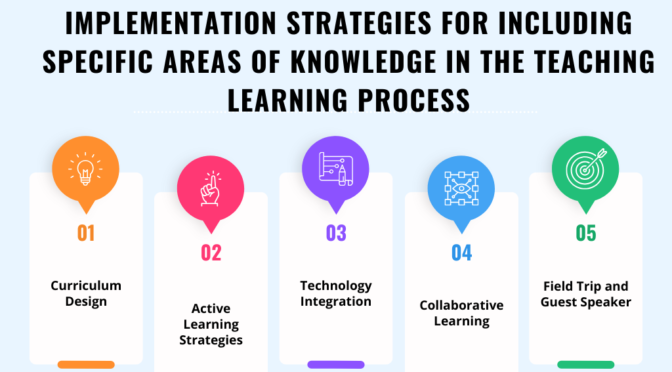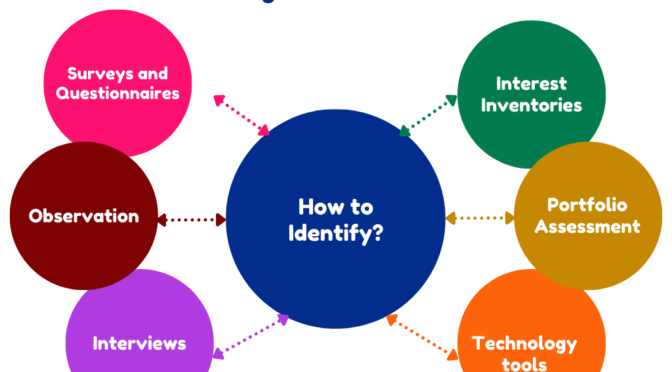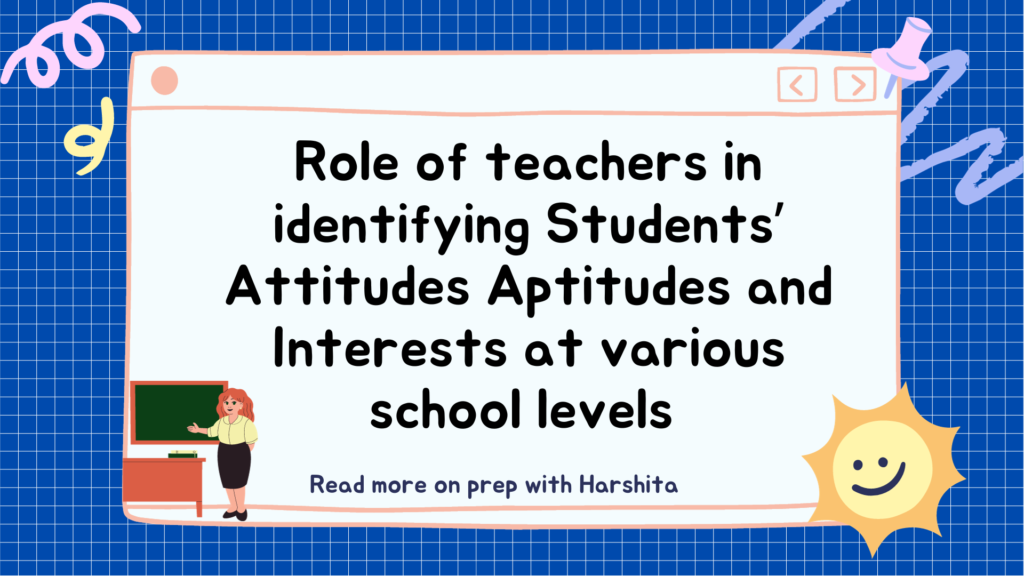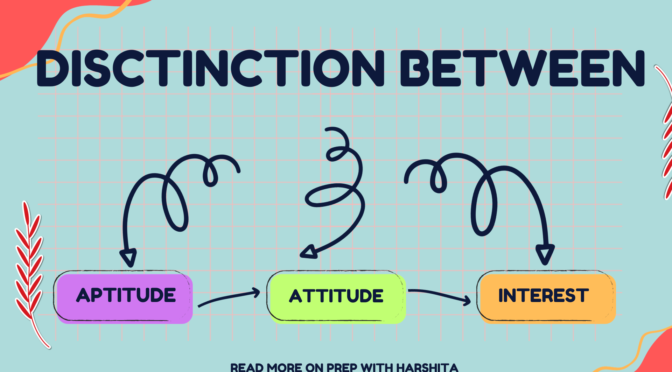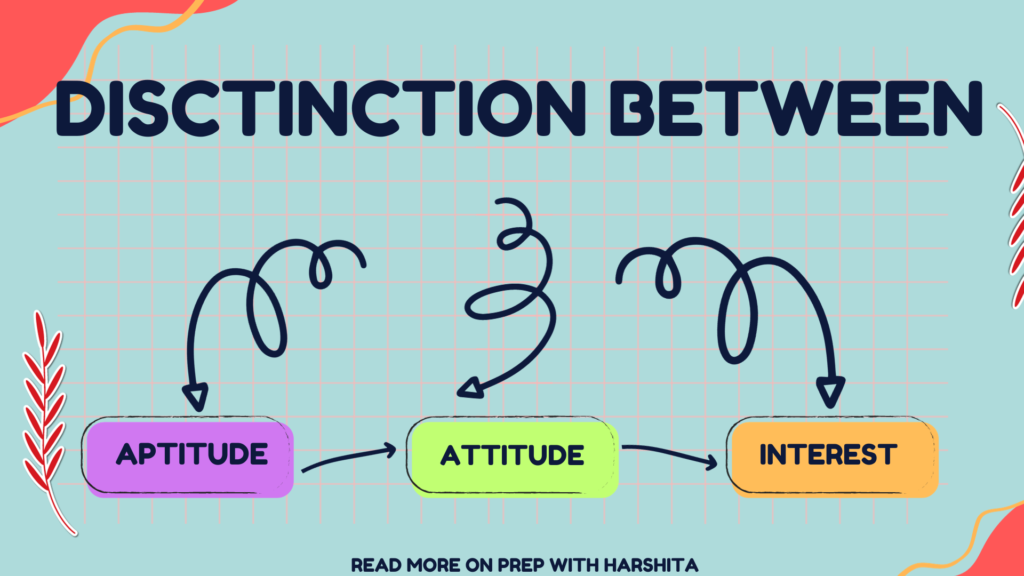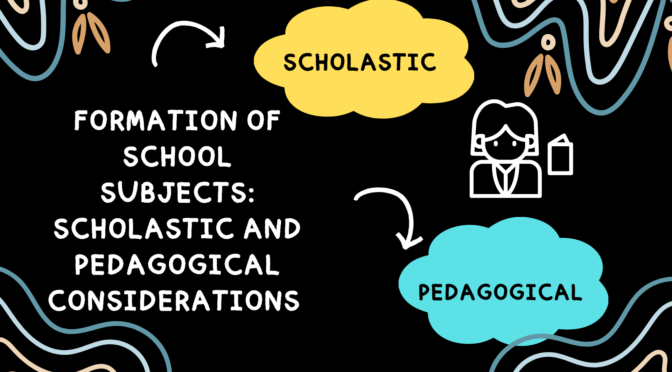Incorporating specific areas of knowledge effectively into the teaching-learning process involves thoughtful planning, instructional strategies, and engagement techniques.
Strategies for including specific areas of knowledge:
Curriculum Design
- Alignment: Ensure that the curriculum is aligned with the learning objectives and outcomes associated with the specific areas of knowledge.
- Scope and Sequence: Plan the sequence of content delivery to build on foundational concepts before moving to more complex ones.
Active Learning Strategies:
- Hands-on Activities: Incorporate hands-on activities, experiments, and practical applications to enhance understanding.
- Case Studies: Use real-world case studies related to the specific areas of knowledge to provide context and application.
Multimodal Instruction:
- Visual Aids: Utilize visuals, diagrams, charts, and multimedia presentations to enhance understanding.
- Auditory Resources: Include audio materials, guest speakers, or podcasts relevant to the specific areas of knowledge.
Technology Integration:
- Educational Apps and Software: Integrate technology tools and educational apps to make learning interactive and engaging.
- Online Resources: Leverage reputable online resources, simulations, and virtual labs related to the specific areas of knowledge.
Collaborative Learning:
- Group Projects: Assign collaborative projects that require students to apply specific knowledge in a team setting.
- Peer Teaching: Encourage students to teach specific concepts to their peers, reinforcing their own understanding.
Field Trips and Guest Speakers:
- Field Trips: Arrange visits to places relevant to the specific areas of knowledge, such as museums, research centers, or industries.
- Guest Speakers: Invite experts or professionals to share their experiences and insights with the students.
Scaffolding Techniques:
- Gradual Release of Responsibility: Scaffold instruction by gradually transferring responsibility from the teacher to the students as their understanding deepens.
- Modeling: Demonstrate problem-solving or critical thinking processes related to the specific areas of knowledge.
Also Read : Understanding Disciplines and Subjects

Also Visit : Prep with Harshita

